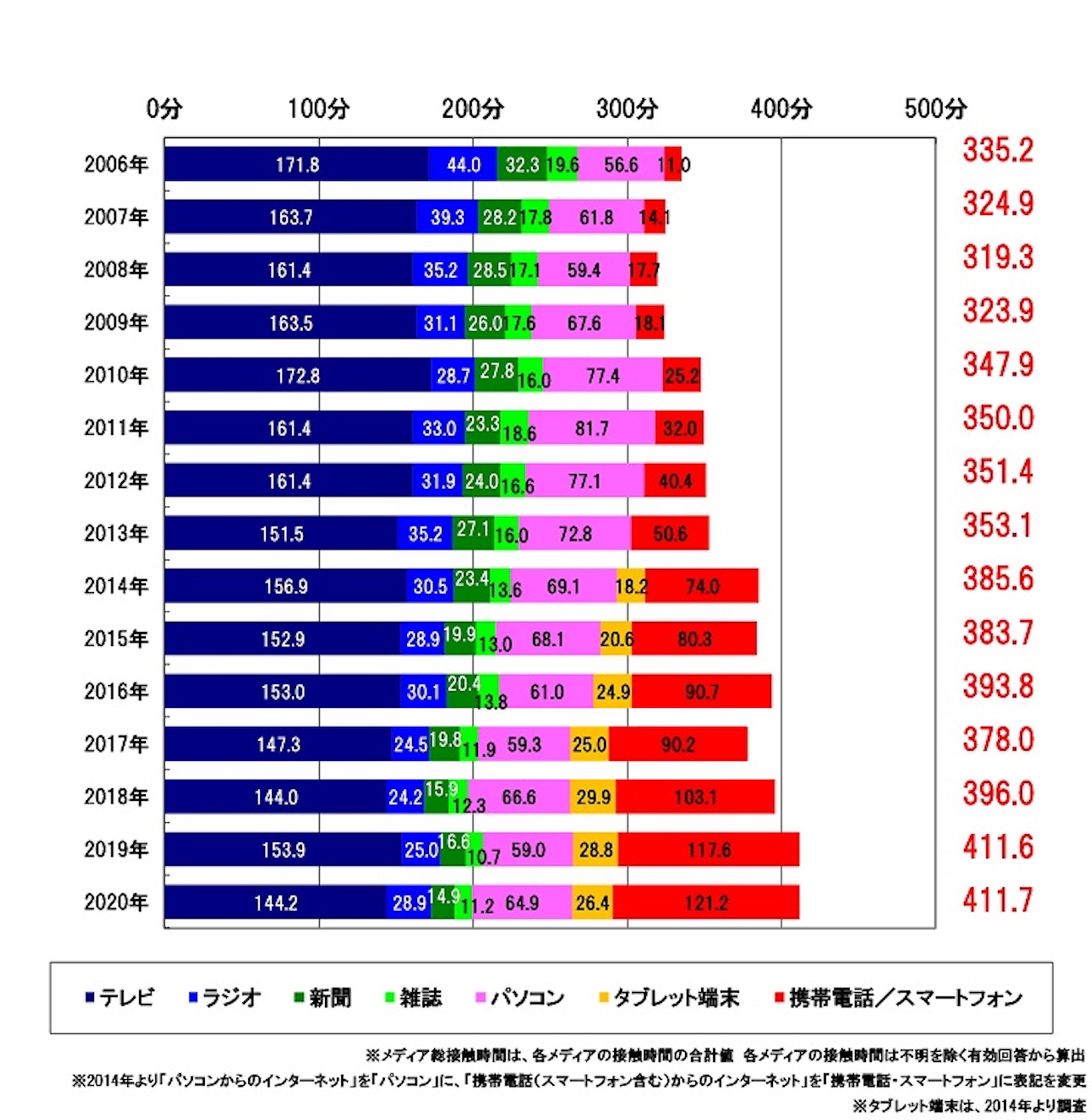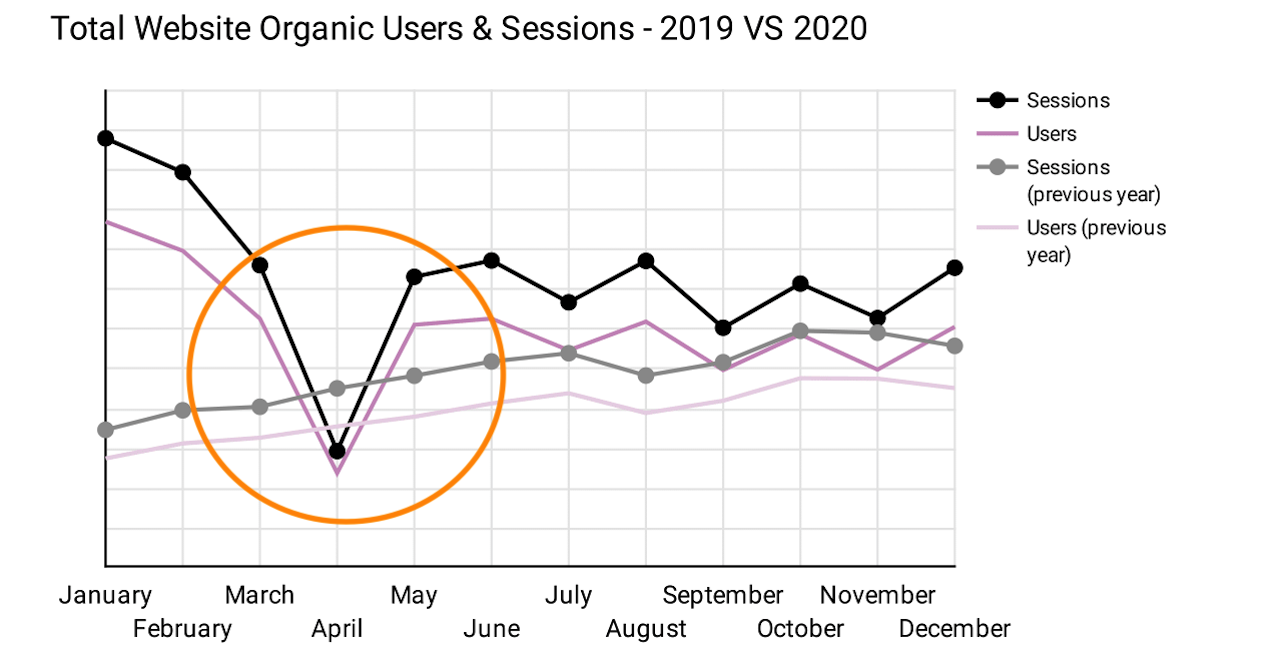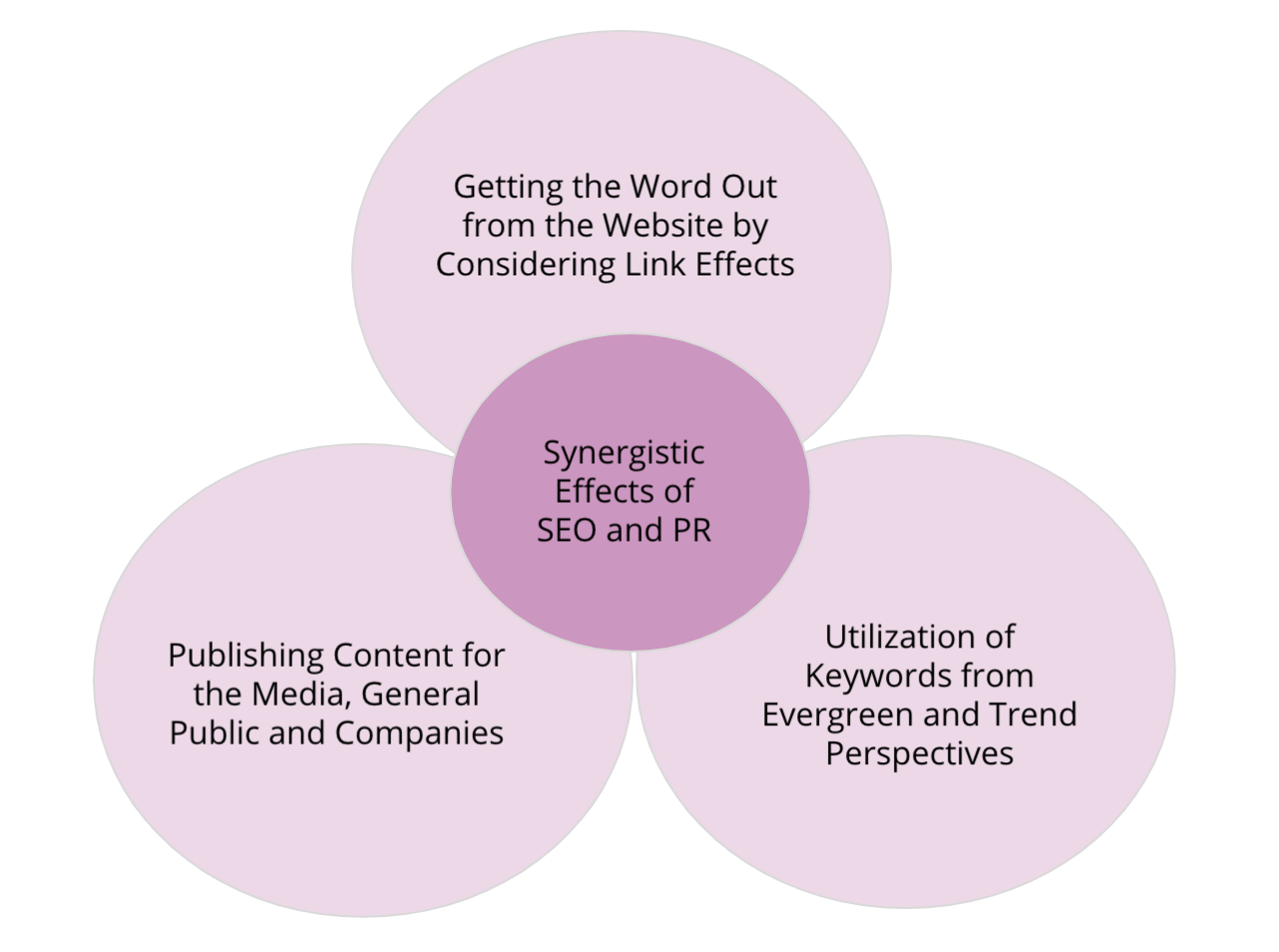“Why are my strong positions in search not reflected in the sales volume I’m getting?”
“Why are my media placements and press mentions not translating to sales?”
Marketers regularly face the challenge of figuring out how to get the most out of SEO and PR.
A common assumption is that PR is primarily focused on strategically creating news and trend-oriented content while SEO is about optimizing a website to appear at the top of Google search results so that it generates digital traffic.
These basic concepts, although somewhat true, are simplistic ways of viewing both these approaches. As the world of marketing evolves, we have all come to realize how strategies like these must cross-over and work together synergistically to have the greatest impact.
The pressure to do this is even greater with the demand for data visualization and provable “results” becoming more important to businesses.
In this article, we outline how you can plan your SEO and PR strategies synergistically so that you can get the most out of your campaigns when taking on the Japanese market.
Table of Contents
- The Basics – Defining SEO and PR
- SEO and PR Synergy
- How to Achieve Synergy with PR and SEO
- Measuring the Effect of Combined SEO and PR Strategies
The Basics – Defining SEO and PR
Due to rapid digitalization, the number of digital-native brands that don’t have physical stores is increasing while the penetration rate of ecommerce sites grows. As a result, the role of digital marketing is becoming more important every year.
SEO (Search Engine Optimization) is focused on trying to rank in good positions in Google search results with content that meets the user’s needs and search intentions so that you can drive more visitors to your site.
Getting this process right requires you to leverage a number of tactics, such as using SEO clusters, keyword research and optimizing your content for audience preferences.
Interestingly, there’s recently been increasing interest in how SEO can be used to tap into seasonality and trends. One of the historical drawbacks of this strategy is that it relies on long-term and consistent approaches to content where evergreen content (content that is not time sensitive) generally performs best.
This can leave gaps when it comes to picking up users who are searching for more short-term and current trends.
SEO’s Latest Trends and Changes
Data shows us that trends affect SE performance heavily. There’s perhaps no better evidence of this than the popularity of coronavirus related content in 2020. Google has also told us that there has since been a shift in people’s basic way of thinking.
This revealed to us marketers that Google’s algorithm has evolved to cater more to user demand than ever before.
Another example of this is how the search trend for ‘podcasts’ has increased by 57% compared to 2019, which indicates that demand for “listening while doing something” is increasing. The value of “sound”, which allows users to enjoy content without looking at the screen of a TV or PC, is being re-recognized due to the growing demand for searches for “radio” and “voice apps.”
Evergreen SEO strategy will continue to be an indispensable idea, however, strategic planning with current trends in mind is becoming increasingly important for SEO success..

Search trend for "Podcast
How PR can Help You Tell Engaging Stories?
We now live in an area of volatility, uncertainty, complexity, and ambiguity (VUCA). As such, PR content that includes stories that resonate with people in certain ways will draw more attention.
There are various PR approaches such as media exposure by press releases, SNS, email newsletters, owned media, and PR events. The digital shift is certainly increasing the priority of online methods from the traditional PR where the offline approach was the mainstream, and PR companies and corporate PR personnel are adapting to the times and started making clear digital PR strategies.
We can now see that digitally driven PR strategies are also becoming key. Whether it’s social media PR, email newsletters, online media exposure or digital PR events, we;re moving away from traditional forms of PR that rely on offline methods of connecting with audiences.
Trends in Japanese PR
In a recent survey, we saw a year-over-year increase of 0.1 minute in the average time people spent consuming media in Tokyo.
Among them, the ratio of digital media contact such as PCs, tablet terminals and mobile phones/smartphones is 51.6%, which means that the majority of the population is shifting to digital.
Unlike traditional forms of media like television and newspapers, digital media gives users flexibility to access the information they need based on their own interests. Many users also seek out certain topics, themes and areas of interest through their connections on SNS platforms.
Conventional PR simply doesn’t have the scope to intersect with people’s daily lives in the way that digital PR does. For instance, when someone wants to check a fact or find the answer to a specific question, they’re more likely to use a digital platform like Google to help them than read a newspaper.

Time-series transition of total media contact time (daily / weekly average): Tokyo area
SEO and PR Synergy
As we mentioned earlier, combining the way you plan PR and SEO so they work together synergistically is important. However, you might be wondering how exactly you can do this so here’s one example using a B2B real estate case study.
Company A, which provides commercial real estate services, was implementing an SEO strategy focused around publishing evergreen content aimed at attracting digital customers.Meanwhile, user search preferences started to change rapidly due to the spread of coronavirus.
In April 2020, it was found that the company’s organic search traffic dropped significantly while the number of queries about corona increased across the internet. The truth was that the interests and focus of people once interested in real estate were quickly changing.

To respond to this abnormal situation, we incorporated keywords such as “Corona” and phrases related to the topic into our existing SEO strategy. This allowed us to keep pushing forward with our content strategy, with a good amount of evergreen content still present, while also creating content that was optimized for people’s new interests and concerns, related to the pandemic.
We also factored in a heavy PR perspective into our SEO strategy by modifying content pieces to be more news-like.
We ran both content at the same time and as a result, we saw +55.1% increase in organic users compared to 2019.
The result of all this was that it proved to us that when combined, SEO and PR can capture a wide range of users with various search intentions.
We believe that this approach is becoming an indispensable strategy in the digital era.
The Benefits of Using SEO Tactics in Your Press Releases
One of the effects that can be obtained fromPR activities that incorporate an SEO perspective is the acquisition of backlinks through the distribution of press releases.
In general, backlinks that are developed due to media exposure have no effect because they are nofollow tags which tell Google search engines to ignore that links. However, in 2019, Google announced that it will treat backlinks with the nofollow attribute as hints when evaluating, in response to the existence of backlinks from press release media and exposure to other media.
It can now be professionally asserted that acquired backlinks from PR have an SEO effect. Also, from the perspective of EAT, in the guidelines announced by Google in 2019, if you mention the company name, service/product name, or brand name on multiple digital media and SNS platforms, it will have a positive effect on Google search results. This is because well-known domains should be viewed as reliable.
The second way that using SEO tactics in PR can have a positive effect is through keyword implementationUtilizing an existing SEO keyword strategy and including keywords in the title and body of the press release can lead to the acquisition of backlinks including SEO target keywords from other media outlets.
It will also contribute to the content rank on Google search. Of course, it is important that good PR requires content that users will engage with and want to share, but keywords can help you do more with what you already have.
As a case study for this, we can look at a hotel business (company B) who witnessed dramatic organic traffic increases from the end of March in 2021 of +1,031% visitors compared to the previous month.
When digging deeper we found that Google was recognising press releases published by the company because it considered it to be an authoritative site in relation to hotel-related topics. Therefore, featuring the word ‘hotel’ and other such terms in its press releases likely helped the company achieve good search positions and therefore drive more traffic.

Organic Traffic Trend for the content that had PR impact
How to Achieve Synergy with PR and SEO

SEO・PR活用ポイントイメージ
There are some key areas to focus on when thinking about how to plan SEO and PR synergistically to have a greater impact.
Maximize Link Building Potential
Press release distributions and communication by social media lead to an increase in awareness, but if you do not link them to your site, you will miss various opportunities for SEO effects. If the main content is posted on the company’s site and designed so that users visit the site to obtain this specific information, it will directly lead to domain evaluation as well as traffic inflow.
During PR activities, being aware of the importance of links and the company’s website content is featured on will help you to acquire backlinks, whether this requires you to manually ask the site owner to include a link to your site or not.
Adapt Content to Audiences – B2B vs. General Public
When changing the content’s target from the general public to other businesses (or the other way around), we must adjust and optimize the content accordingly to have a strong impact on SEO performance.
For example, press releases that include survey data can easily be edited to have more relevance to the general public, with more general narratives and commentary.
Implement Keywords Strategically – Evergreen vs. Trends
User’s search intent has a great influence which pages Google will rank highly.
By being conscious of evergreen content (information that stands the test of time) and trend content (information that is conversely time sensitive), we can create content that appeals to an even wider range of users and their different intents.
Measuring the Effect of Combined SEO and PR Strategies

Google Search Console
Google Search Console checks the queries (keywords that led to search traffic) of the company’s sit.You can also check how the search volume for related keywords and topics has changed over time due to the distribution of press releases using SEO/PR utilization points.
In addition, Google Search Console can find various SEO and PR opportunities depending on how you use it, such as finding new topics from popular queries.
Google Analytics Traffic Transition Data
Google Analytics is a useful tool for various purposes such as finding and optimizing the sources of traffic data to your site and pages with short stays.You can also analyze the number of visitors and engagement levels for your SEO and PR content
In addition, you can also analyze the effect by integrating Google Search Console into Google Analytics by extracting unbranded keywords from queries. And then you can get the total numbers of searches before and after the execution of the SEO and PR strategy.
This analysis method can also help you find if there was an increase of awareness among users who were not familiar with the brand.
PR is often criticised for not offering marketers provable results and data, however, when combined with digitally-driven SEO tactics, it can become much easier to measure some of the effects that your PR content is having.
Strategies aimed at the synergy of SEO and PR will become an indispensable idea in the digital society, which will accelerate further in the future. Because each method emphasizes the content, it is expected that there will be great improvements in the quality and synergy by utilizing the perspectives of both marketing approaches.
When implementing new PR content for your brand, why not try synergizing your content with a strong underlying SEO strategy?